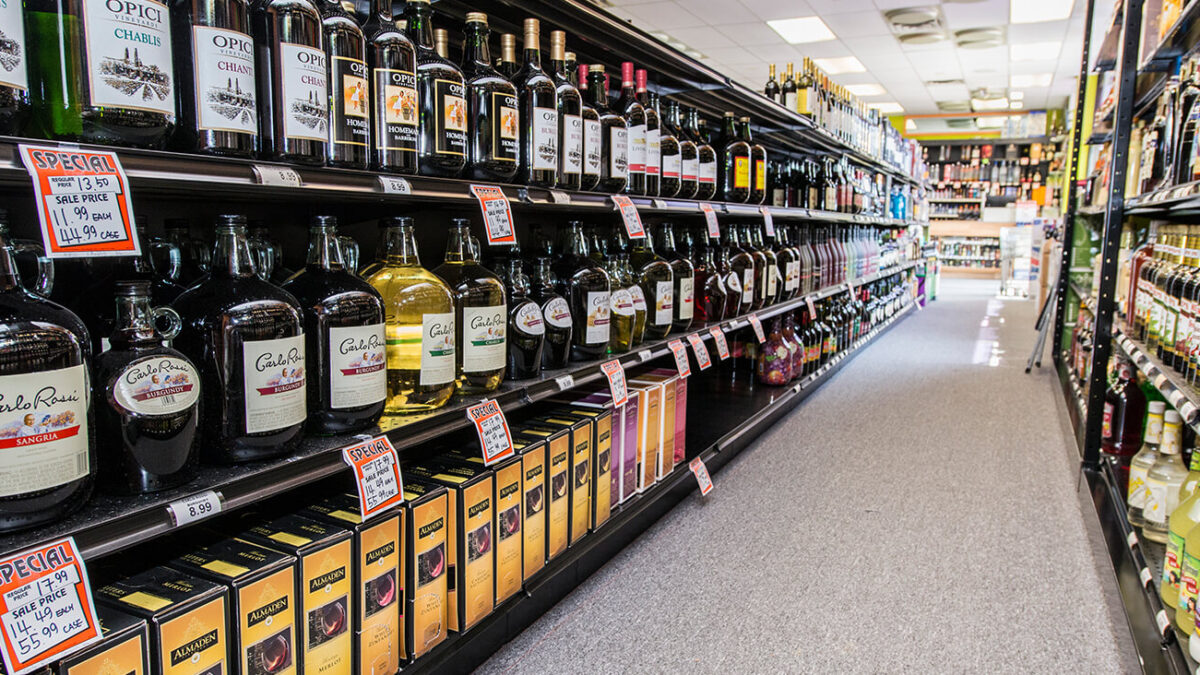In the world of retail, the layout and presentation of products play a pivotal role in attracting customers and influencing purchasing decisions. When it comes to choosing the right shelving system for your store, the decision often boils down to the classic debate: Gondola Shelving vs. Traditional Shelves. Each option comes with its own set of advantages and considerations, and understanding the differences can help you make an informed decision that aligns with your store’s unique needs and goals.
Gondola Shelving: Versatility and Visual Appeal:
Versatility in Store Layout:
Gondola shelving, characterized by its freestanding and double-sided design, offers unparalleled versatility in in-store layouts. This type of shelving allows retailers to create central aisles, guiding customers through the store in a well-defined path. The adaptability of gondola shelving is particularly beneficial for larger retail spaces, providing the opportunity to showcase a wide range of products and create engaging displays.
Visual Appeal and Product Visibility:
One of the standout features of gondola shelving is its ability to maximize product visibility. The open design of the shelves allows customers to see products from various angles, encouraging exploration and potentially increasing sales. The aesthetic appeal of gondola shelving lies in its clean and organized appearance, making it a popular choice for a variety of retail settings.
Customization for Branding:
Gondola shelving is customizable, allowing retailers to tailor the units to match their brand aesthetics. From adjusting shelf heights to incorporating brand colors, this flexibility enables a cohesive and branded shopping experience. The ability to customize gondola shelving contributes to creating a memorable and visually appealing store environment.
Traditional Shelves: Simplicity and Cost-Effectiveness:
Simplicity and Ease of Installation:
Traditional shelves, often mounted on walls or placed in rows, are known for their simplicity and ease of installation. They offer a straightforward and classic approach to product display, making them suitable for a variety of retail settings. The simplicity of traditional shelves allows for a quick and uncomplicated setup, making them an attractive option for smaller stores or those with a minimalist aesthetic.
Cost-Effectiveness for Budget-conscious Retailers:
For retailers on a budget, traditional shelves can be a cost-effective solution. These shelves typically require less material and construction compared to more elaborate gondola shelving units. The affordability of traditional shelves makes them a practical choice for businesses looking to optimize their store layout without breaking the bank.
Flexibility in Placement:
Traditional shelves provide retailers with the flexibility to place them against walls or arrange them in rows, optimizing available floor space. This adaptability makes them suitable for a variety of store layouts, particularly those with limited square footage. Traditional shelves can also be easily rearranged or moved to accommodate changing merchandise or promotional displays.
Factors to Consider in Your Decision:
Store Size and Layout:
The size and layout of your store play a crucial role in determining whether gondola shelving or traditional shelves are more suitable. Gondola shelving is ideal for larger stores with ample floor space, allowing for the creation of central aisles and dynamic displays. Traditional shelves, on the other hand, are well-suited for smaller stores where simplicity and cost-effectiveness are prioritized.
Product Variety and Display Needs:
Consider the type of products you sell and their display requirements. Gondola shelving excels in showcasing a diverse range of products due to its double-sided design and customizable layout. If your store offers a wide variety of merchandise and frequently changes displays, gondola shelving may be the preferred choice. Traditional shelves are more straightforward and may be better suited for stores with a more uniform product range.
Branding and Aesthetic Preferences:
Your branding strategy and aesthetic preferences should also influence your choice between gondola shelving and traditional shelves. If customization and branding are crucial elements for your store, gondola shelving provides the canvas for creating a unique and visually cohesive environment. Traditional shelves, with their simplicity, offer a timeless and understated backdrop that may align with certain brand identities.
Budget Considerations:
Budget considerations play a significant role in the decision-making process. Gondola shelving, with its versatility and customization options, may come at a higher initial cost. Traditional shelves, being simpler in design, are often more budget-friendly. Assess your budget constraints and weigh them against the specific features and benefits offered by each shelving option.
Final Thoughts:
In the Gondola Shelving vs. Traditional Shelves debate, there is no one-size-fits-all answer. The right choice depends on your store’s size, layout, product variety, branding strategy, and budget considerations. Gondola shelving offers versatility, visual appeal, and customization options, making it suitable for larger stores with diverse merchandise. Traditional shelves, with their simplicity and cost-effectiveness, are a practical choice for smaller stores or those with a more straightforward product range.
Ultimately, the goal is to create a store layout that enhances the shopping experience, showcases your products effectively, and aligns with your brand identity. By carefully considering the unique needs of your store, you can make an informed decision between gondola shelving and traditional shelves, ensuring that your retail space is both functional and visually compelling.


